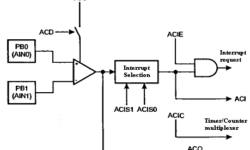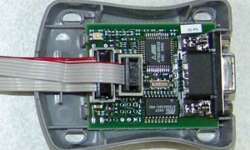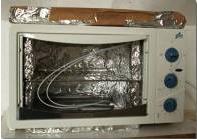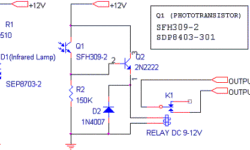Automated electronic CAD systems overview
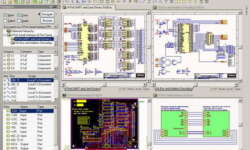
More and more design operations become automated. These changes give many benefits like effectiveness, minimal errors, and less routine operations to designers. Modern electronic equipment requires scrupulous planning as devices shrink to minimal sizes, operation power increases, and it fit its external design requirement. So designing is a very complex task where without smart CAD software would be almost impossible to do. When designing a new electronic device, you have to deal with several necessary areas to make the device a reliable and attractive device. All of these areas usually are done on a particular CAD system. The most common CAD-based electronic specific task are: Mixed Analog-digital device modeling; Programmable Logic modeling and synthesis; HF circuits and electromagnetic modeling; Functional modeling; PCB Design; Thermal modeling; Chip topology modeling. Each of these modeling and designing processes requires different skills and knowledge. Let’s go through each to see their specifics and what CAD systems are used to automate related tasks.


